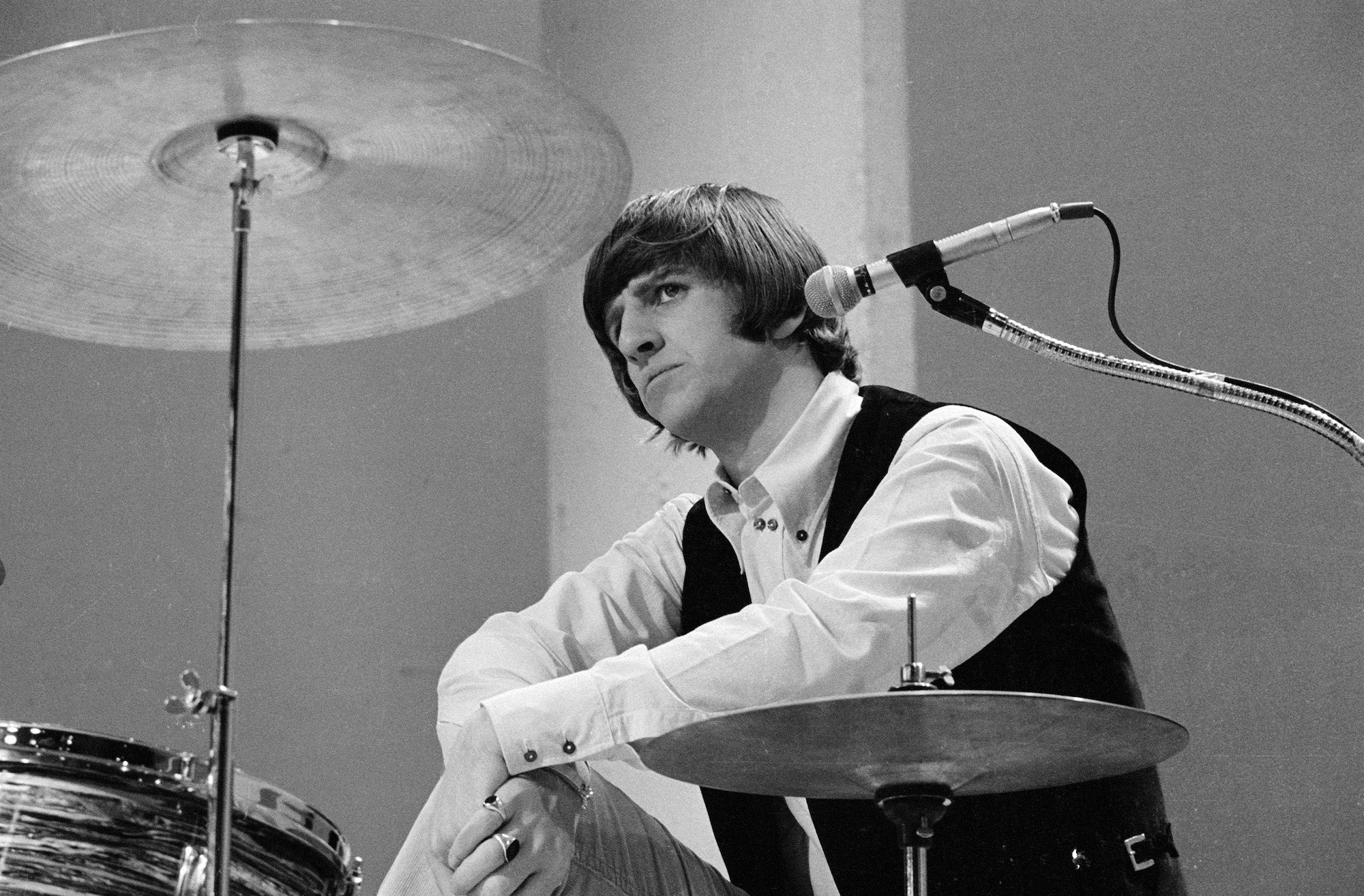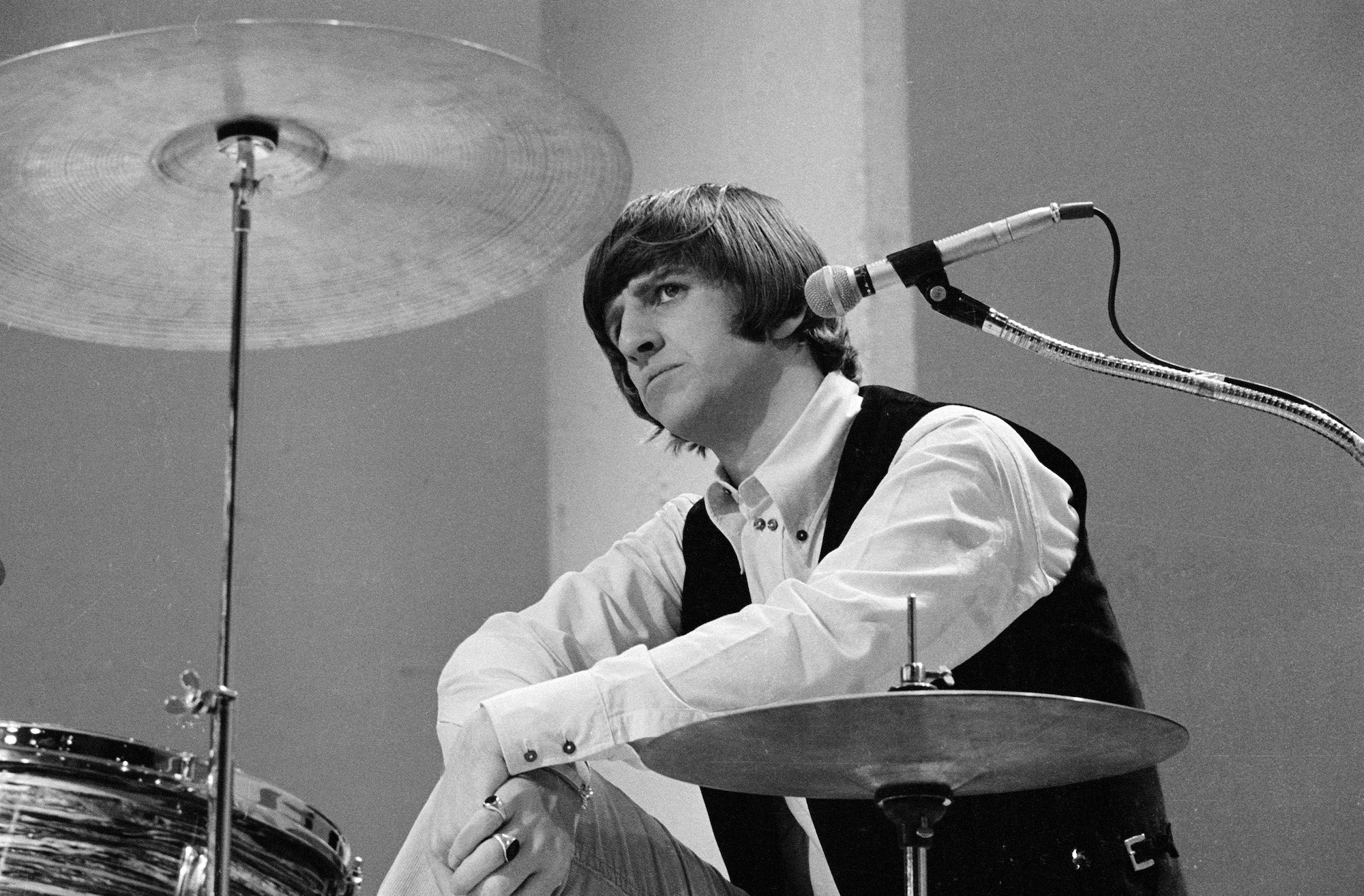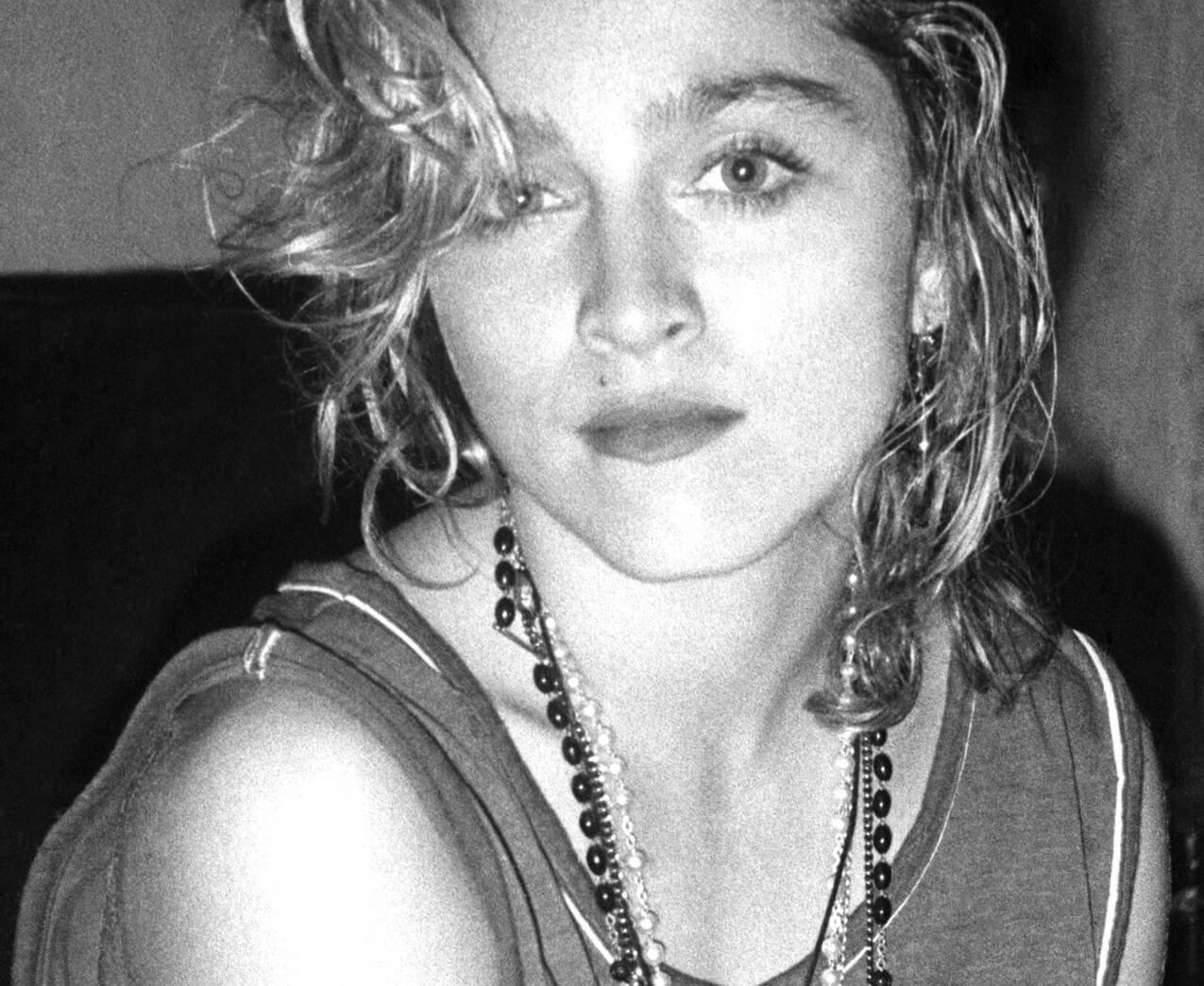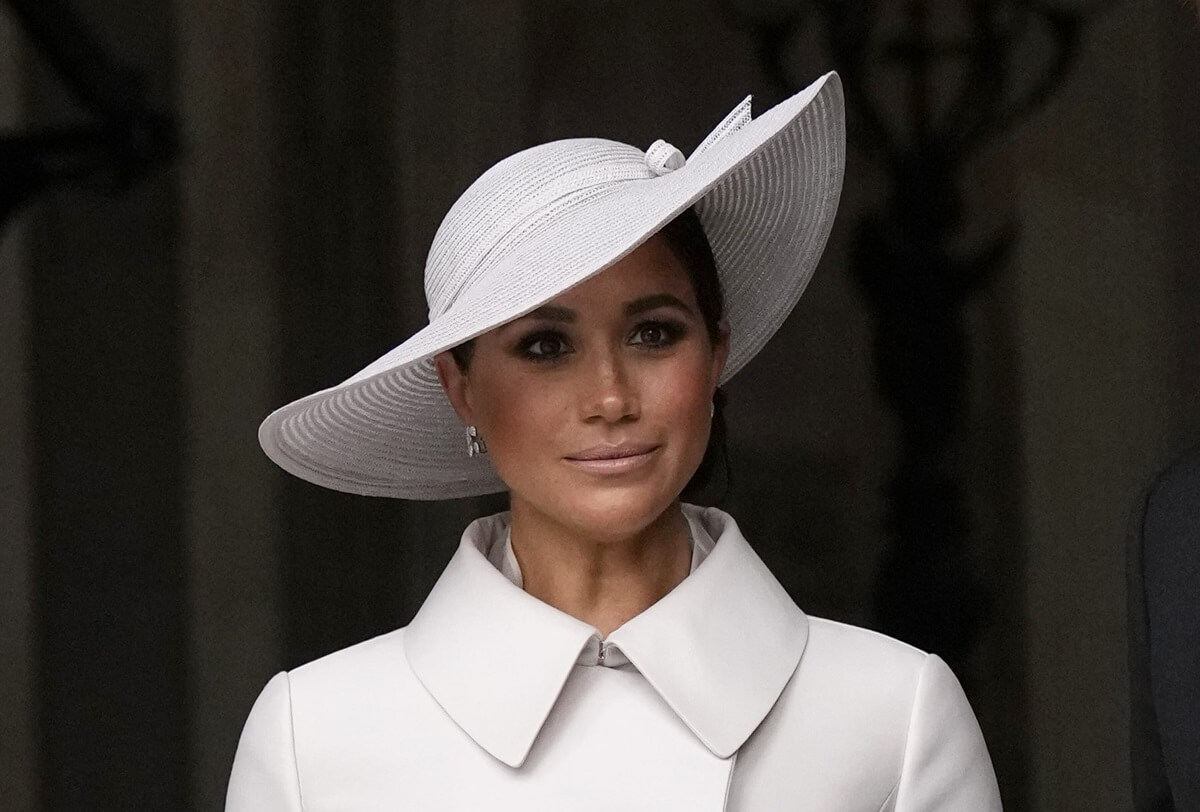
Ringo Starr Said He Went Through ‘Madness’ During The Beatles’ ‘Get Back’ Sessions
The Beatles’ “Get Back” sessions, aka the Let It Be sessions, are a controversial subject in the history of The Beatles. The sessions were supposed to be a part of the band’s comeback to live performance, but it was the band’s possible downfall. Besides Paul McCartney, enthusiasm was low, with random and incomplete songs being performed. Drummer Ringo Starr says he went through “madness” during these sessions as he tried to keep up with The Beatles and their constantly changing setlist.
Ringo Starr did his best to keep up with The Beatles during the ‘Get Back’ sessions

The “Get Back” sessions were a mess. While it led to their final album, Let It Be, the recording sessions consisted of a bunch of pitches for different songs played lackadaisically by the band members, along with covers of songs by artists such as Bob Dylan and Chuck Berry.
In an interview with The San Diego Union Tribute, Starr says he went through “madness” during these sessions. However, he always “kept time” during the sessions, even if they switched songs or only completed two lines of a song.
“You’re talking about ‘Get Back,’ and I went through madness (during that time),” Starr shares. “But I always kept time. If they had only two lines (of a song), I kept time. I’d play along with anything. Then, when the song (was) finished, that’s where I might change something.”
John Lennon had little enthusiasm during these sessions
The Beatles were dysfunctional during this time as tensions were building, and each member had different creative visions. Both George Harrison and John Lennon were starting to focus more on their solo work, with Lennon wanting to move forward with Yoko Ono.
In an interview with Rolling Stone, Lennon said he didn’t care during the Let It Be sessions, nor did Harrison. McCartney orchestrated most of it as he wanted to rehearse for the album and film the sessions for a documentary. However, Lennon said neither he nor the other band members could get into it.
“Paul had this idea that we were going to rehearse or… see it all was more like Simon and Garfunkel, like looking for perfection all the time,” Lennon explained. “And so he has these ideas that we’ll rehearse and then make the album. And, of course, we’re lazy f***ers, and we’ve been playing for twenty years, for f***’s sake, we’re grown men, we’re not going to sit around rehearsing. I’m not, anyway. And we couldn’t get into it. And we put down a few tracks, and nobody was in it at all. It was a dreadful, dreadful feeling in Twickenham Studio and being filmed all the time.”
The Beatles didn’t like revisiting this time in the ‘Let It Be’ movie
The “Get Back” sessions were recorded and featured in the Let It Be documentary. Directed by Michael Lindsay-Hogg, the documentary was meant to capture The Beatles’ comeback, but it incidentally portrayed the rising tensions that eventually led to their dissolution. The Beatles’ members themselves weren’t fond of it as it showed the band at one of their worst moments.
In 2021, Peter Jackson redeemed these sessions with The Beatles: Get Back, which featured restored unseen footage that showed it wasn’t all gloom and doom. Ringo Starr was relieved to have seen this, as he wasn’t a fan of the original, and neither were the other members of The Beatles.
“Peter started putting it together, then he’d fly into LA and show me pieces of it,” Starr told Express. “We were laughing, we were lads. But to get back to the original one, there was a discussion, and there were four guys in a room for a month that had up days, down days, music days. But the music never, ever once got lost in what we were doing. It was the first time we went in the studio, especially George and I, and John did not have any songs, and Paul didn’t have any songs.”
“Usually, they had two or three, so we could start,” he added. “So there was a whole discussion. But when you look at it, it’s a six-hour documentary, and it is like the ocean, the waves of joy, and ‘Oh, what is that going on?’ Laughter and playing great. We never stopped loving each other. Once we heard the count in… whatever was going on, everybody did their best.”



